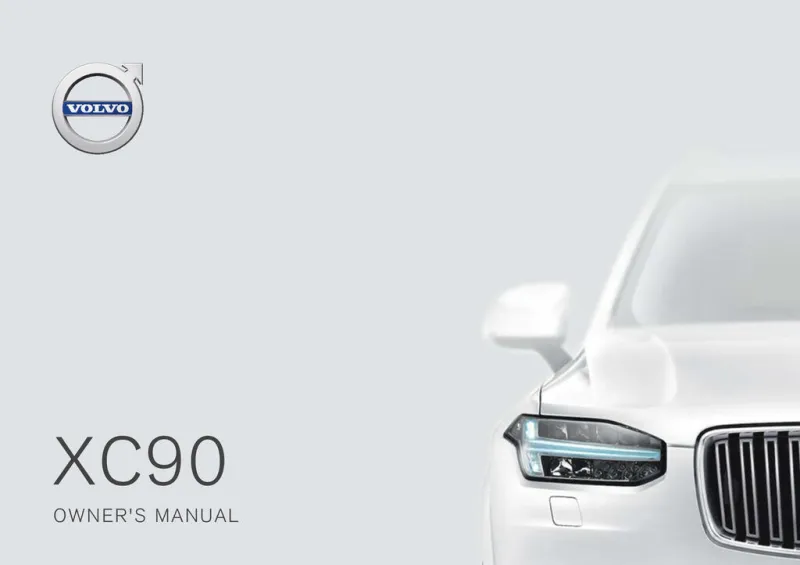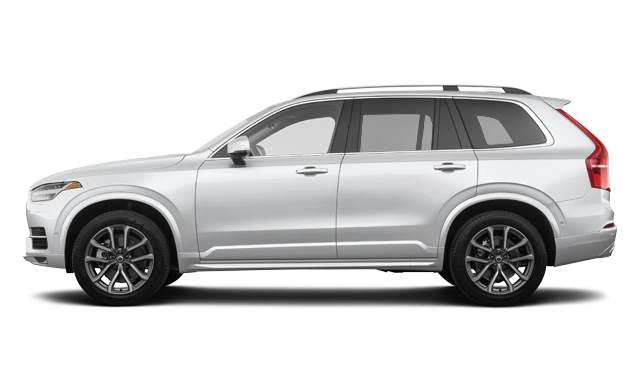2019 Volvo Xc90 Owner's Manual

Table of Contents
2019 Volvo Xc90 Overview
Introduction
The 2019 Volvo XC90 is a luxurious mid-size SUV that epitomizes the brand's commitment to safety, comfort, and Scandinavian design. With its elegant lines and a spacious interior, the XC90 is not just a mode of transportation; it's a family-friendly vehicle that offers a perfect blend of style and practicality. As part of Volvo’s renowned lineup, the XC90 showcases advanced technology and an emphasis on sustainability, making it an enticing choice for environmentally-conscious drivers seeking versatility in their automobile.
Powertrains
Under the hood, the 2019 XC90 offers a range of powertrains that cater to various driving preferences. The base model houses a 2.0-liter turbocharged 4-cylinder engine delivering 250 horsepower, while the T6 variant adds a supercharger for an impressive 316 horsepower. For those looking for a hybrid option, the T8 plug-in hybrid showcases a combination of the 2.0-liter engine and an electric motor, yielding a thrilling 400 horsepower, all while promoting eco-friendliness with low emissions and the ability to drive on electric power alone.
Trims
The XC90 is available in multiple trims: Momentum, R-Design, and Excellence, each tailored to different consumer preferences. The Momentum trim provides a solid array of features including leather upholstery, a panoramic sunroof, and advanced safety technologies. The R-Design adds sporty styling elements and unique interior finishes, while Excellence focuses on ultimate luxury with features such as executive seating, upgraded sound systems, and exclusive design details.
Features
Standard features across the XC90 range include a large touchscreen infotainment system with smartphone integration, adaptive cruise control, and an array of advanced safety features like Volvo's City Safety system that can identify pedestrians and cyclists. An optional Bowers & Wilkins audio system enhances the in-cabin experience, providing crystal-clear sound quality for music lovers.
Owner's Manual
The 2019 Volvo XC90's owner's manual is a comprehensive guide designed to help owners navigate all aspects of their vehicle. It covers essential topics, including safety features, maintenance schedules, infotainment system usage, and troubleshooting tips, ensuring that drivers can maximize their experience while enjoying the luxury and technology that Volvo embodies.
User manual download
The Volvo Xc90 owner manual for the 2019 model year is to be found in PDF downloadable format on this page. The owner manual for the model year 2019 is free and in English, but the repair manuals are usually not easy to get and may cost more.
Manual Questions
Fill the form below and someone will help you!

